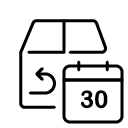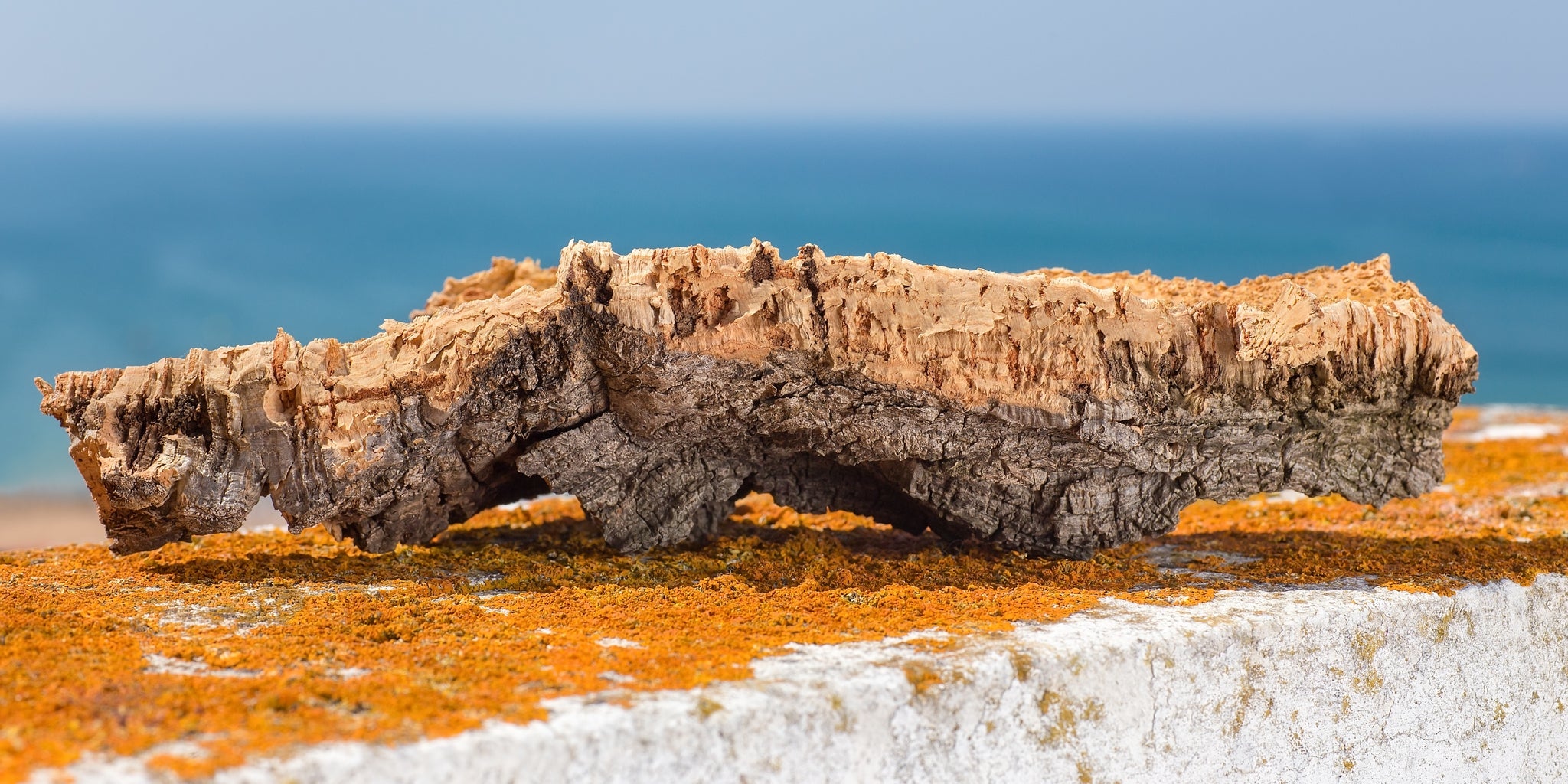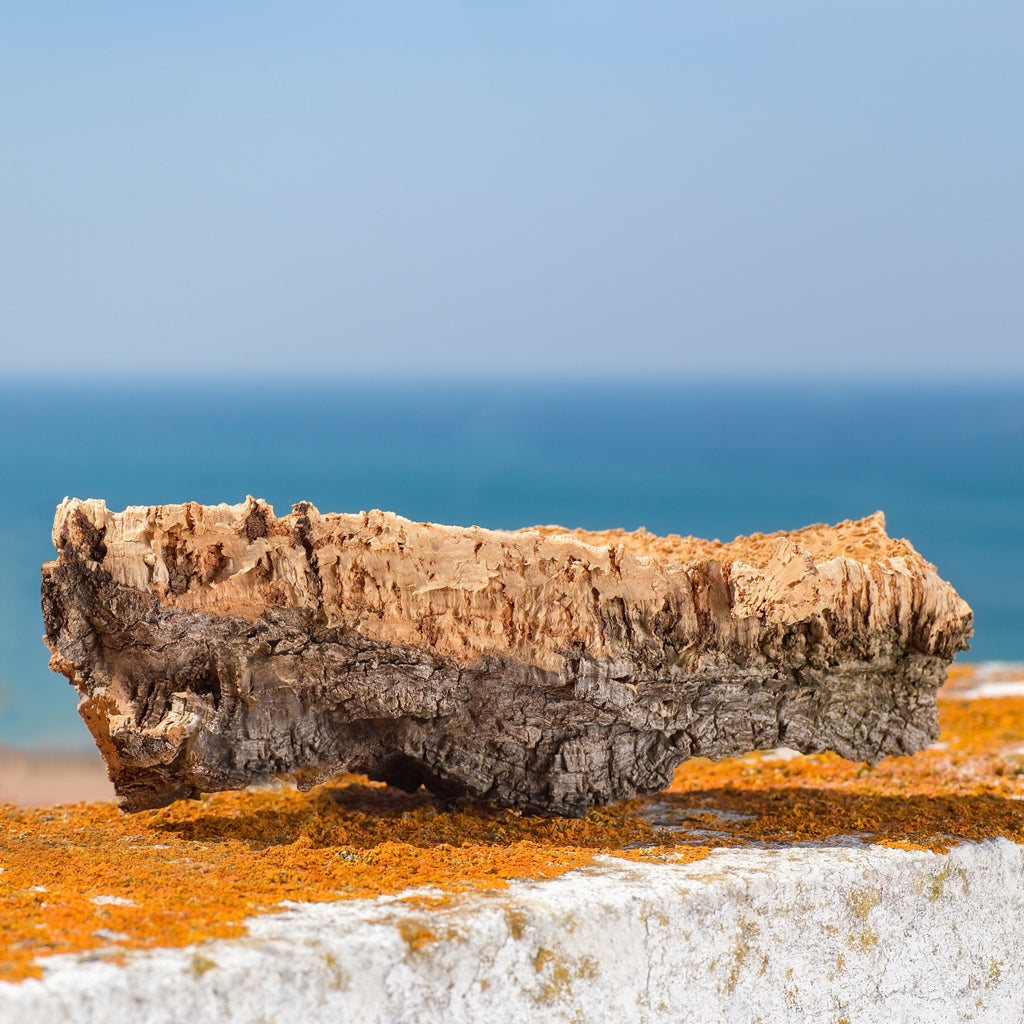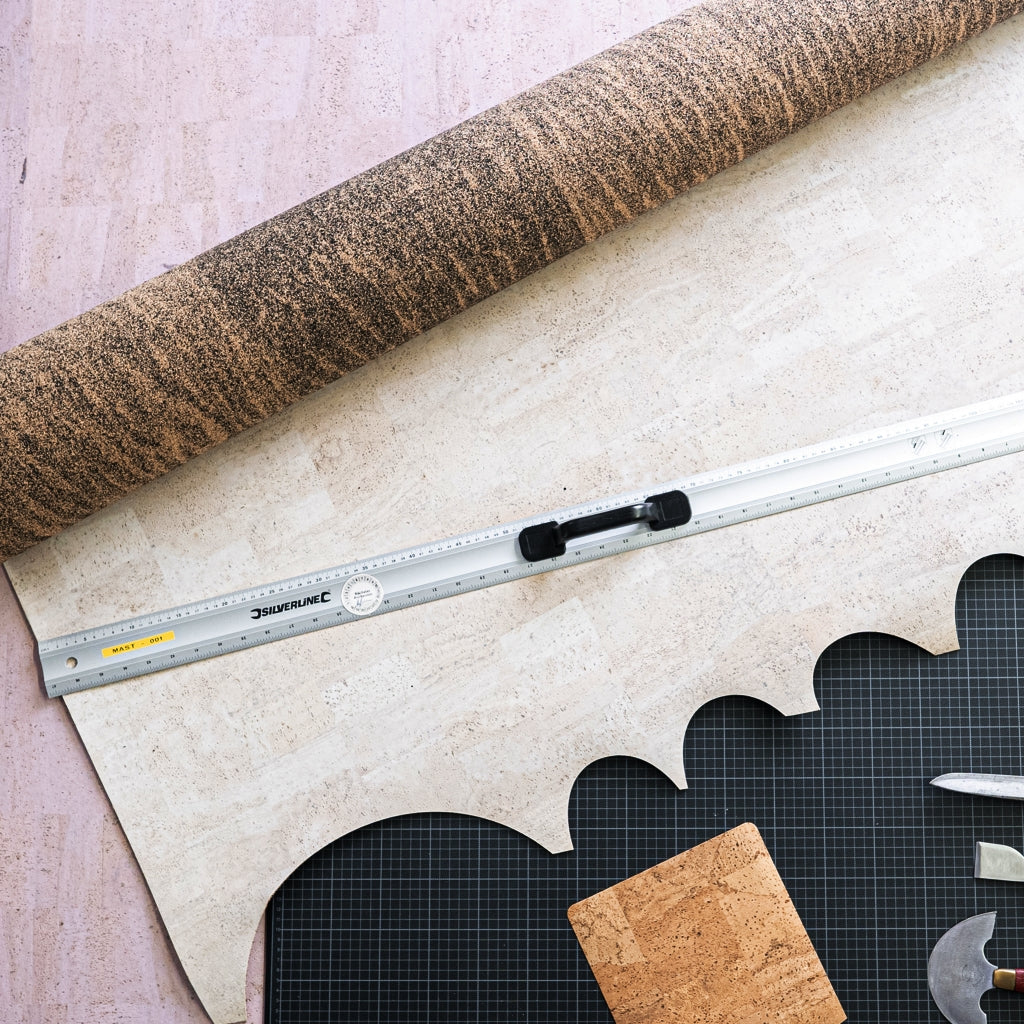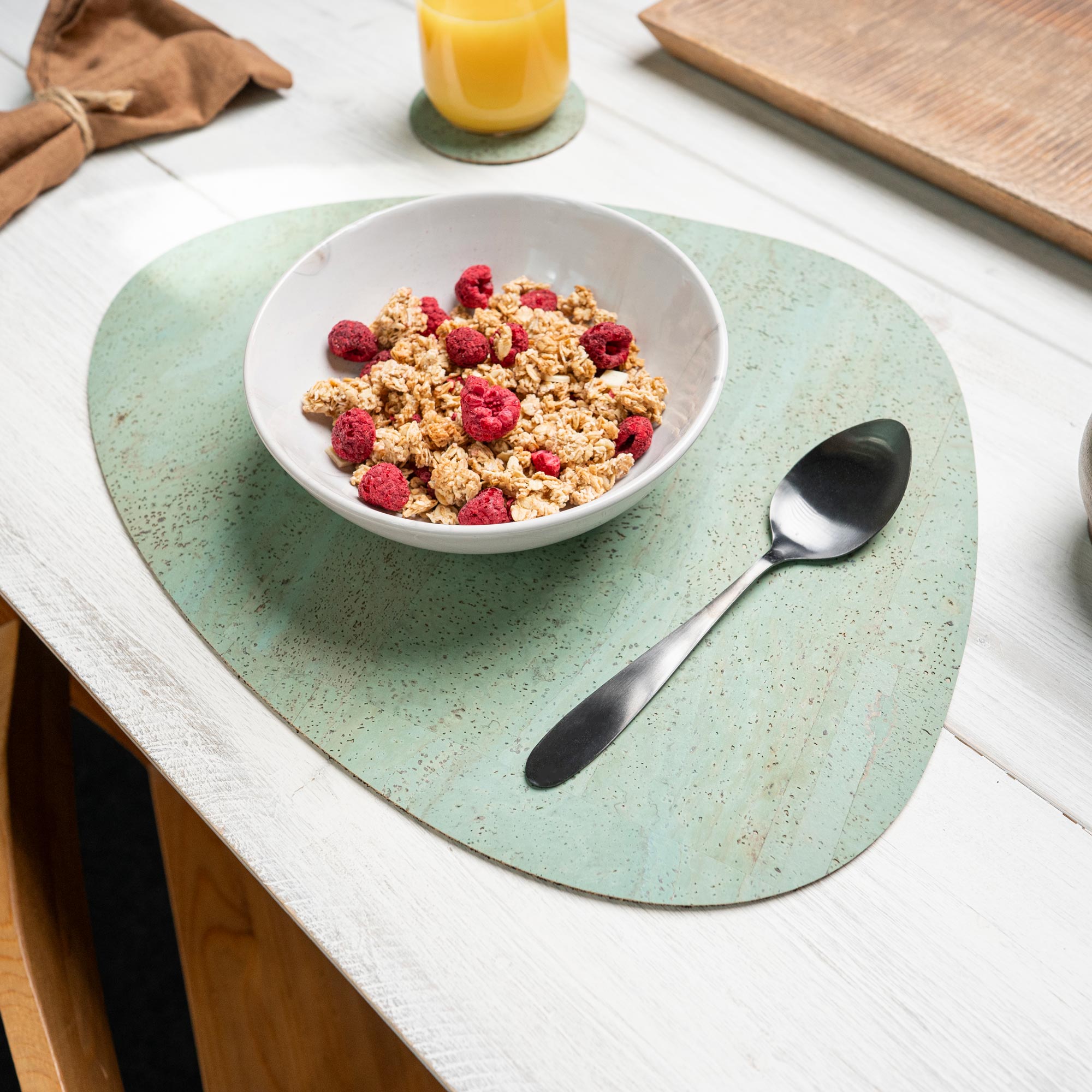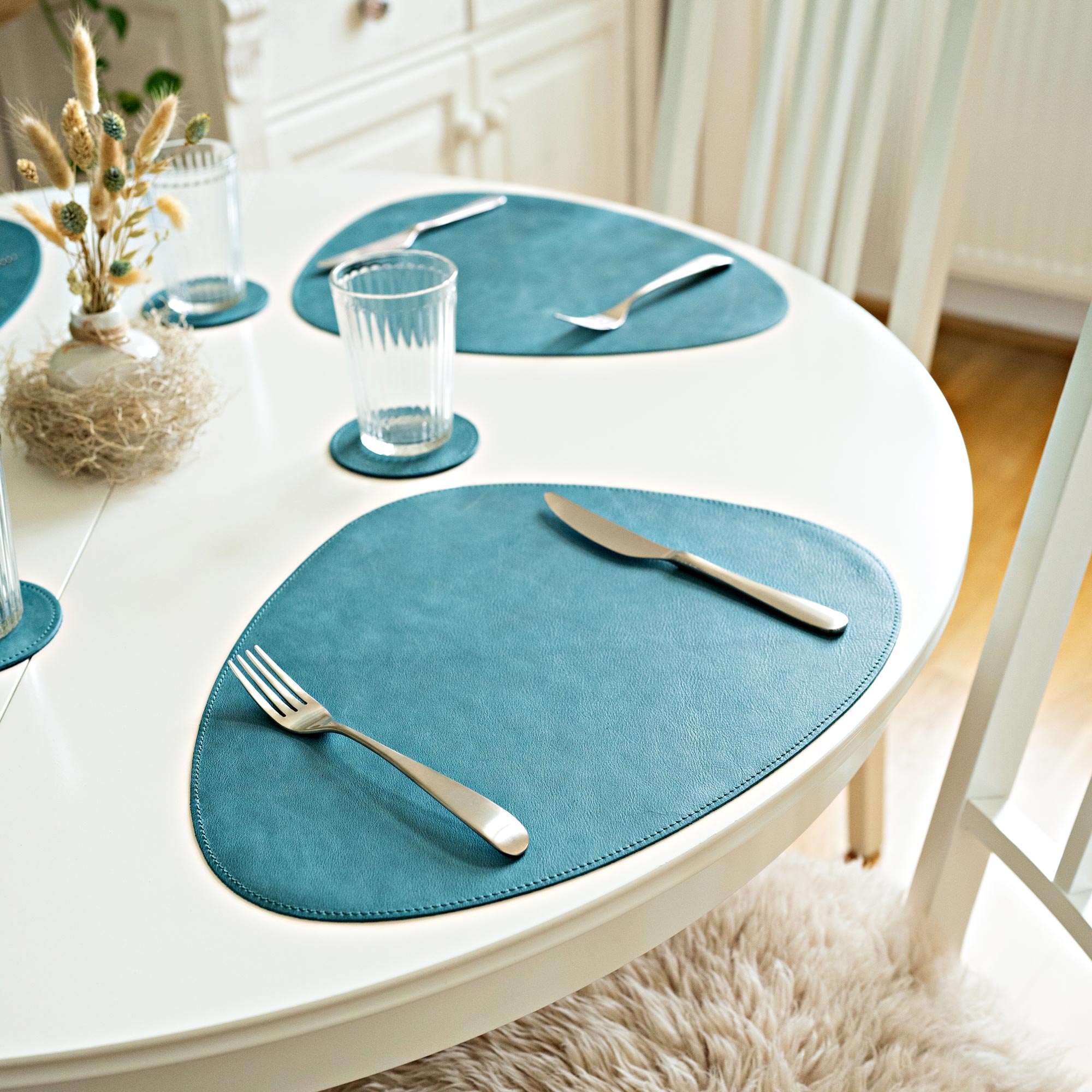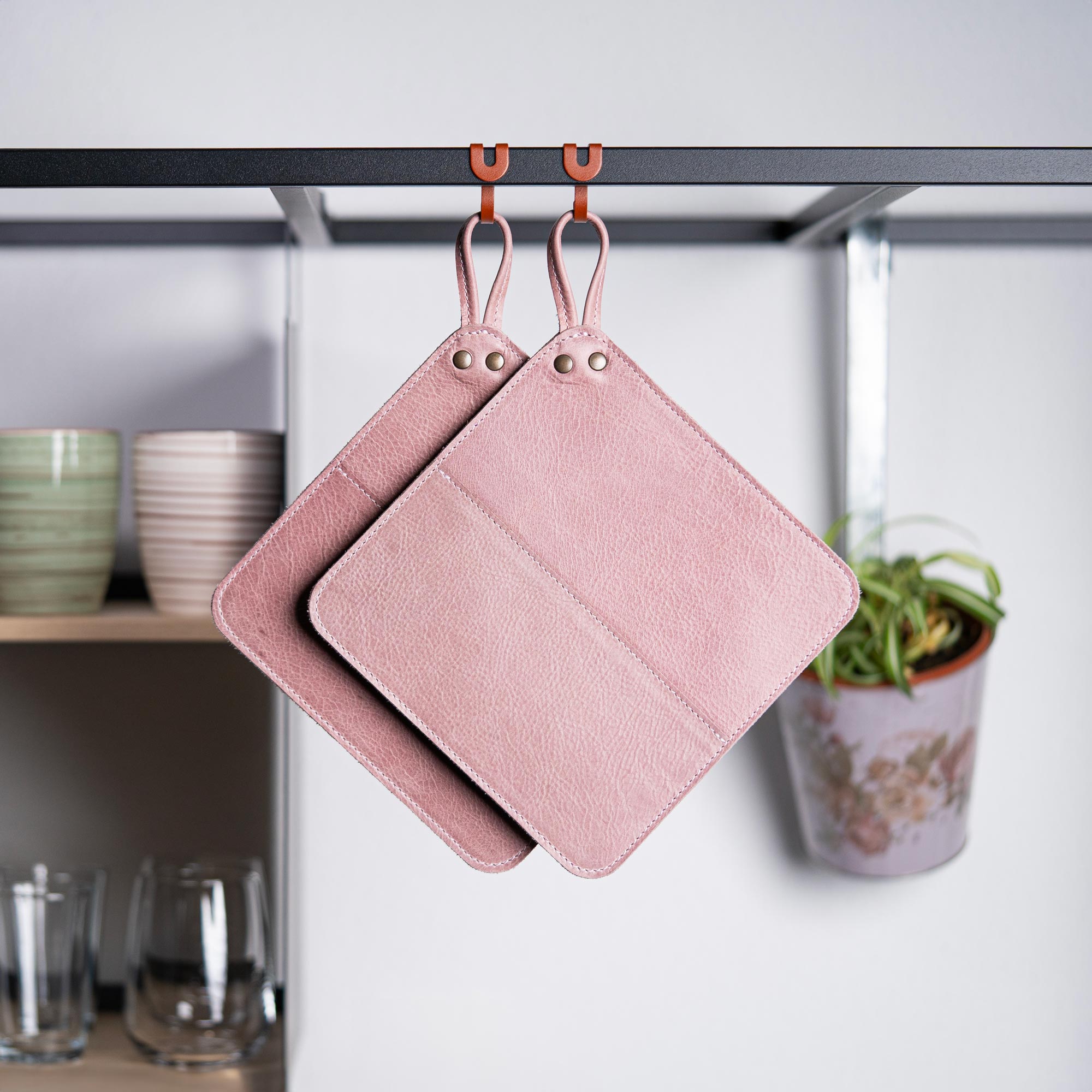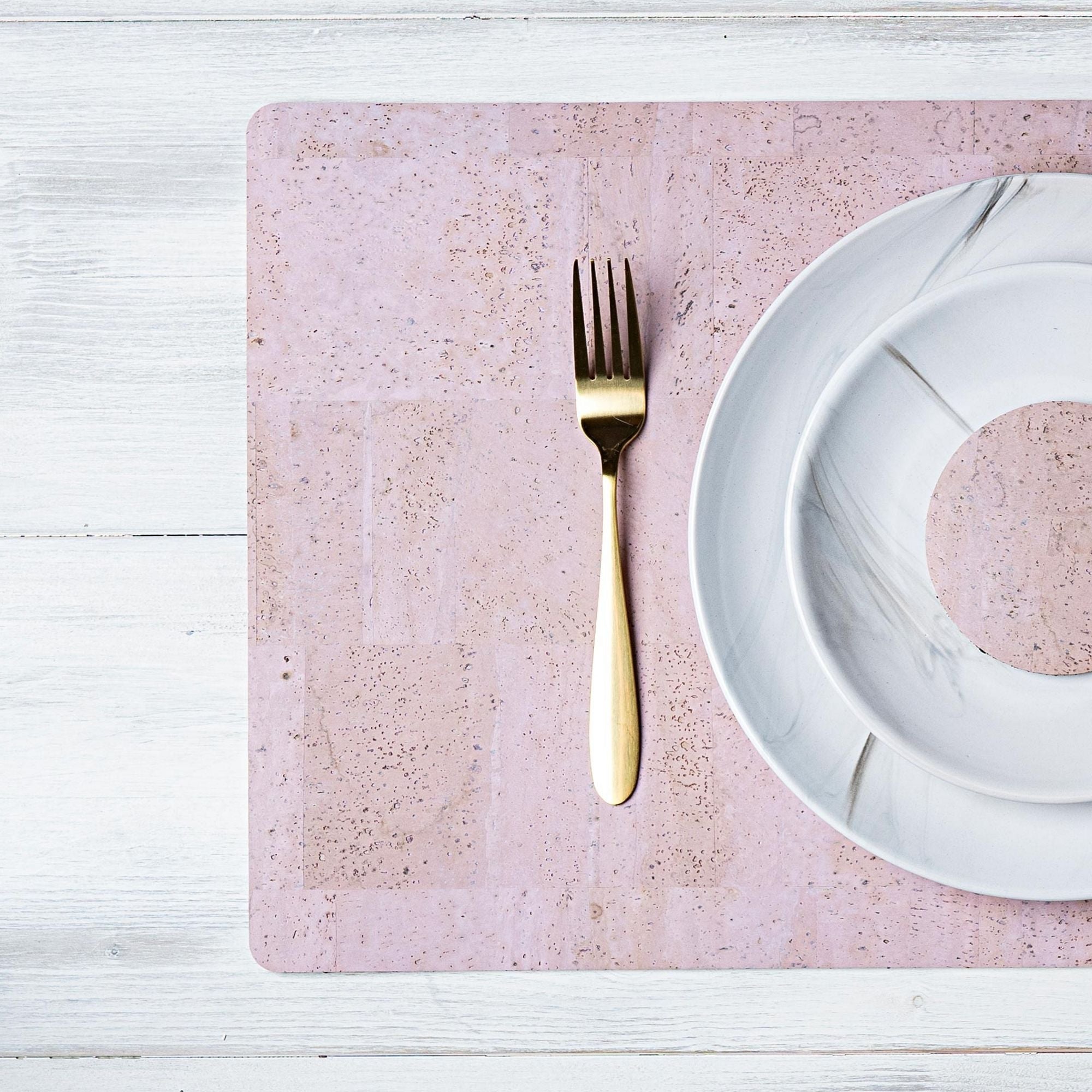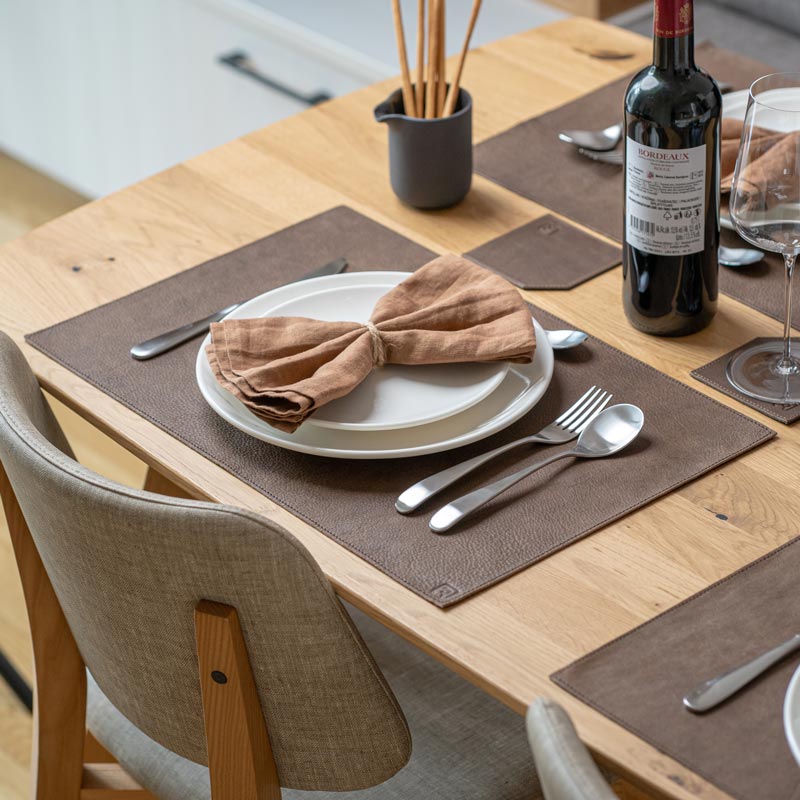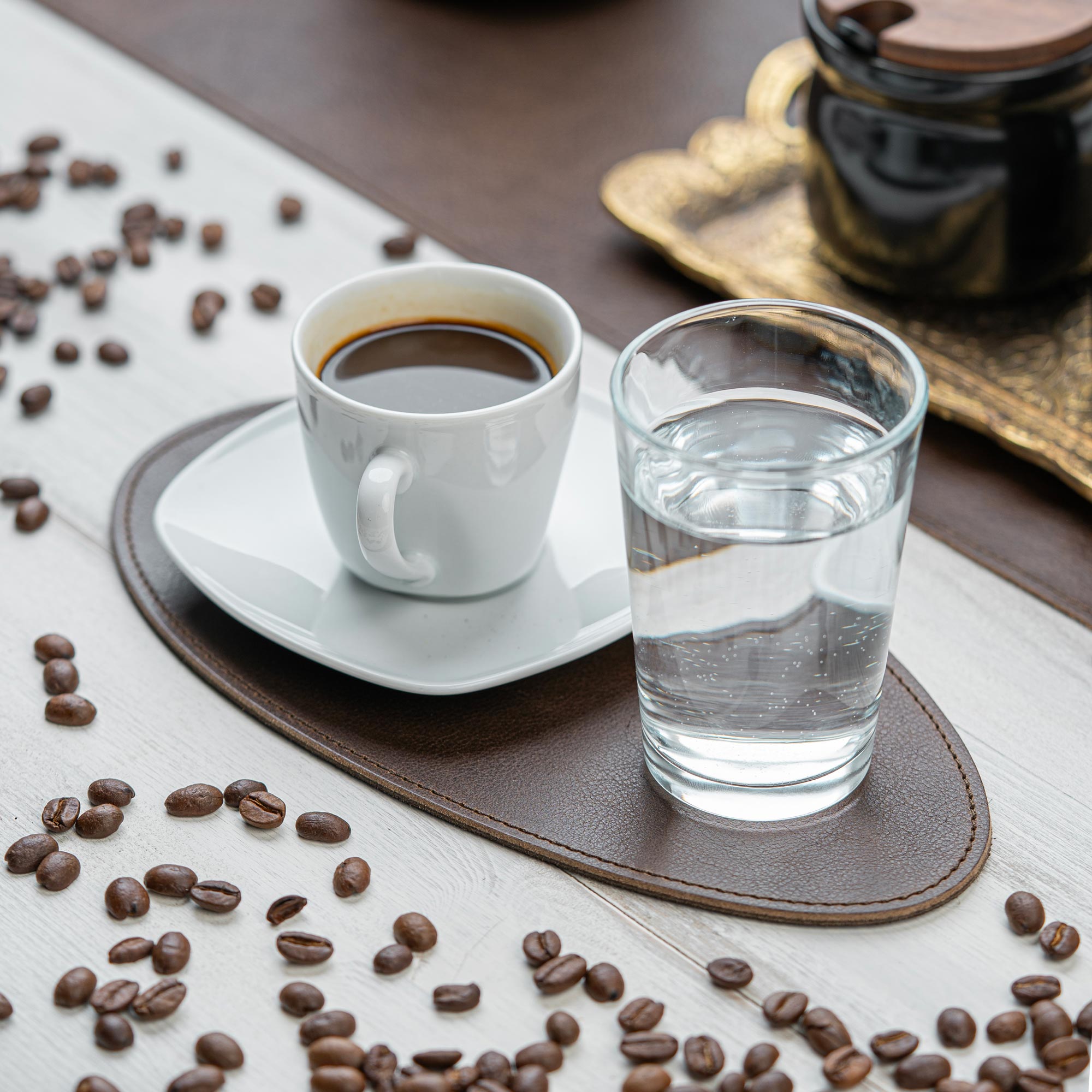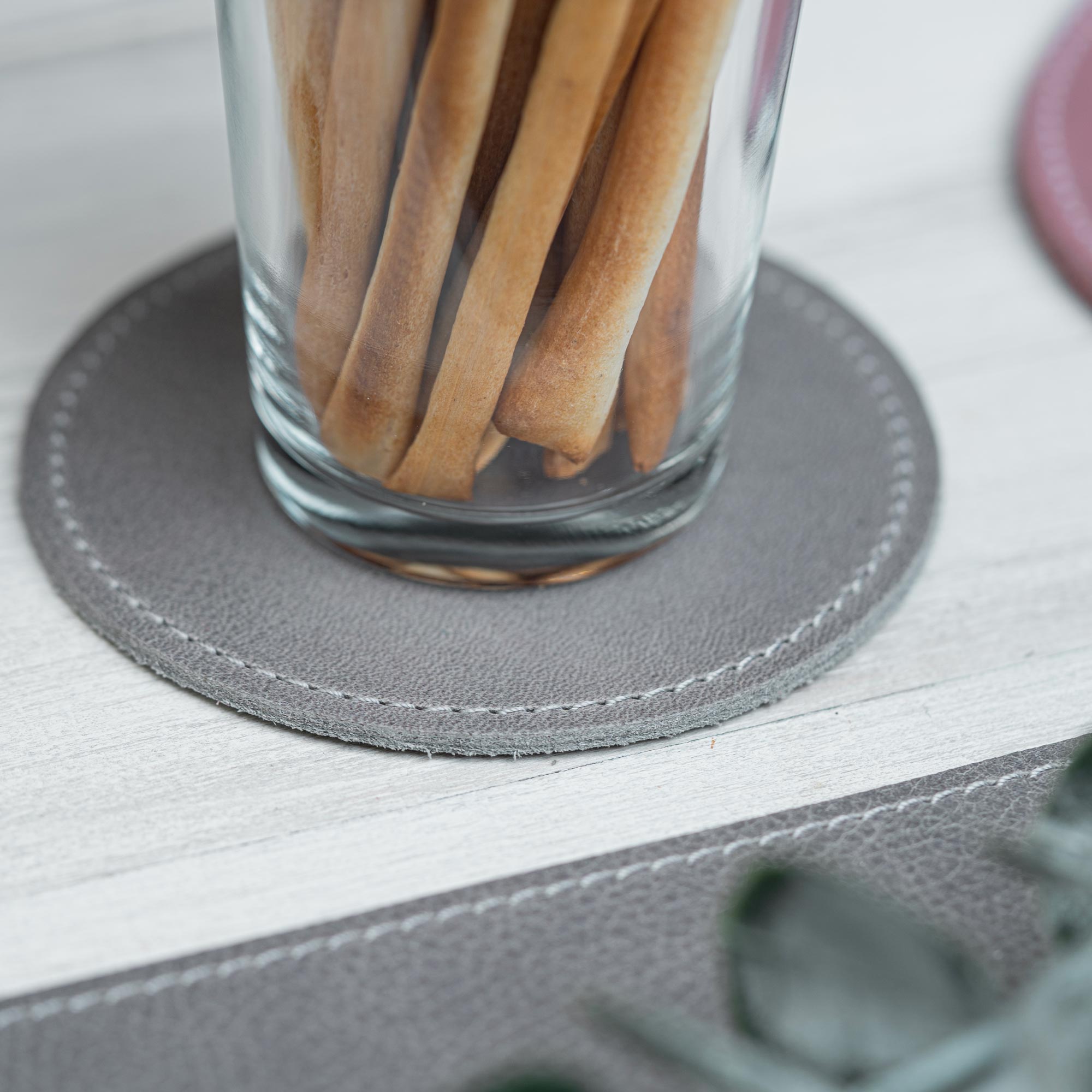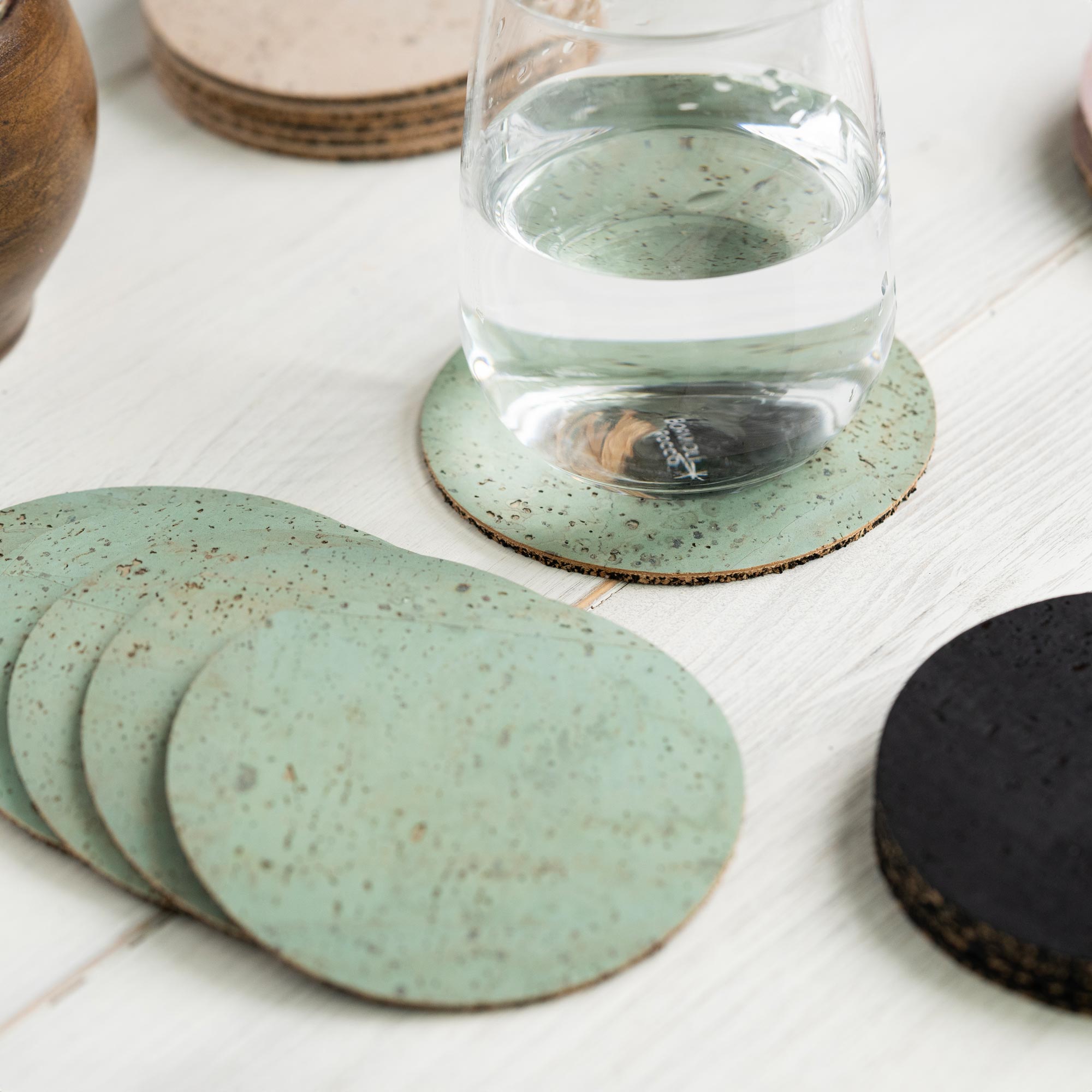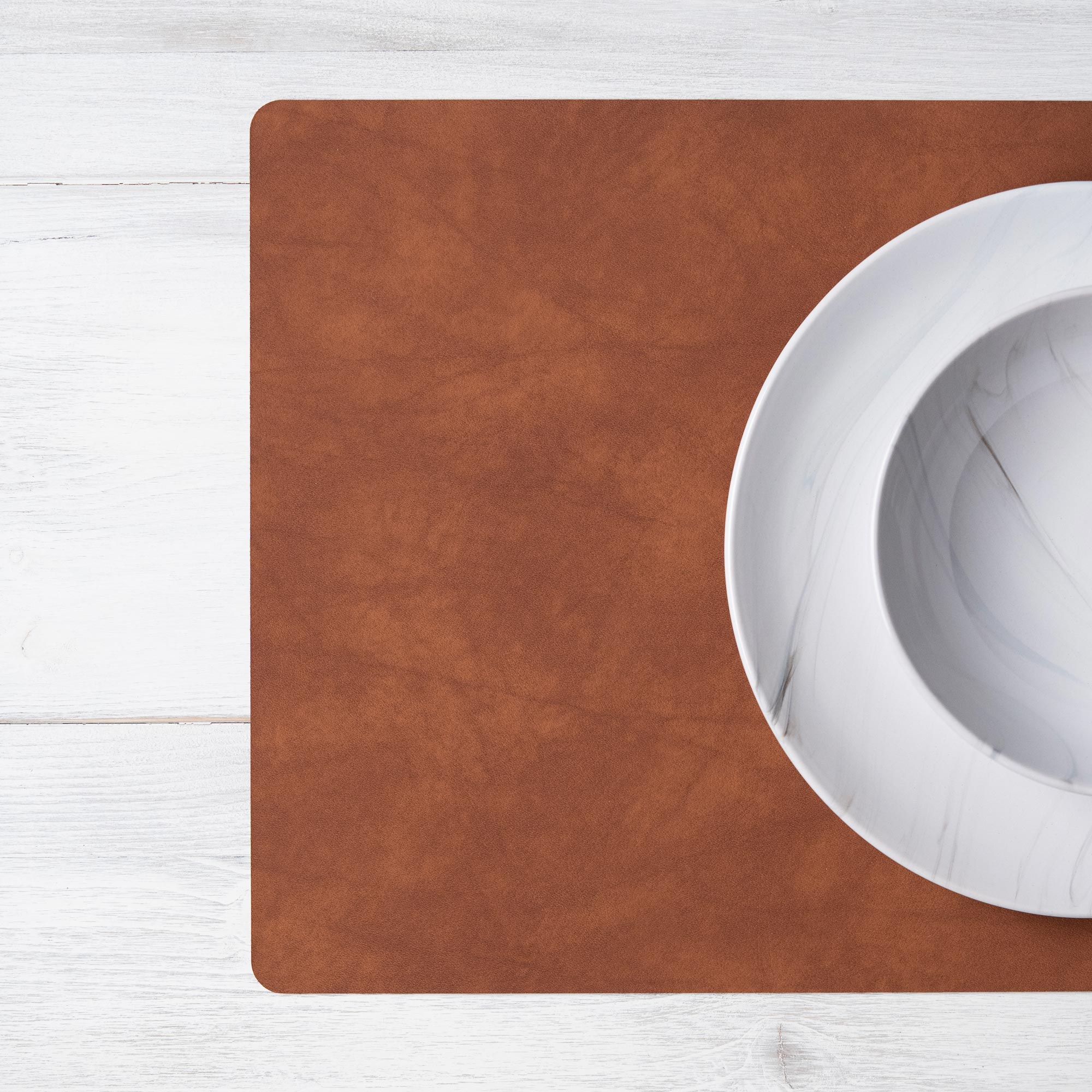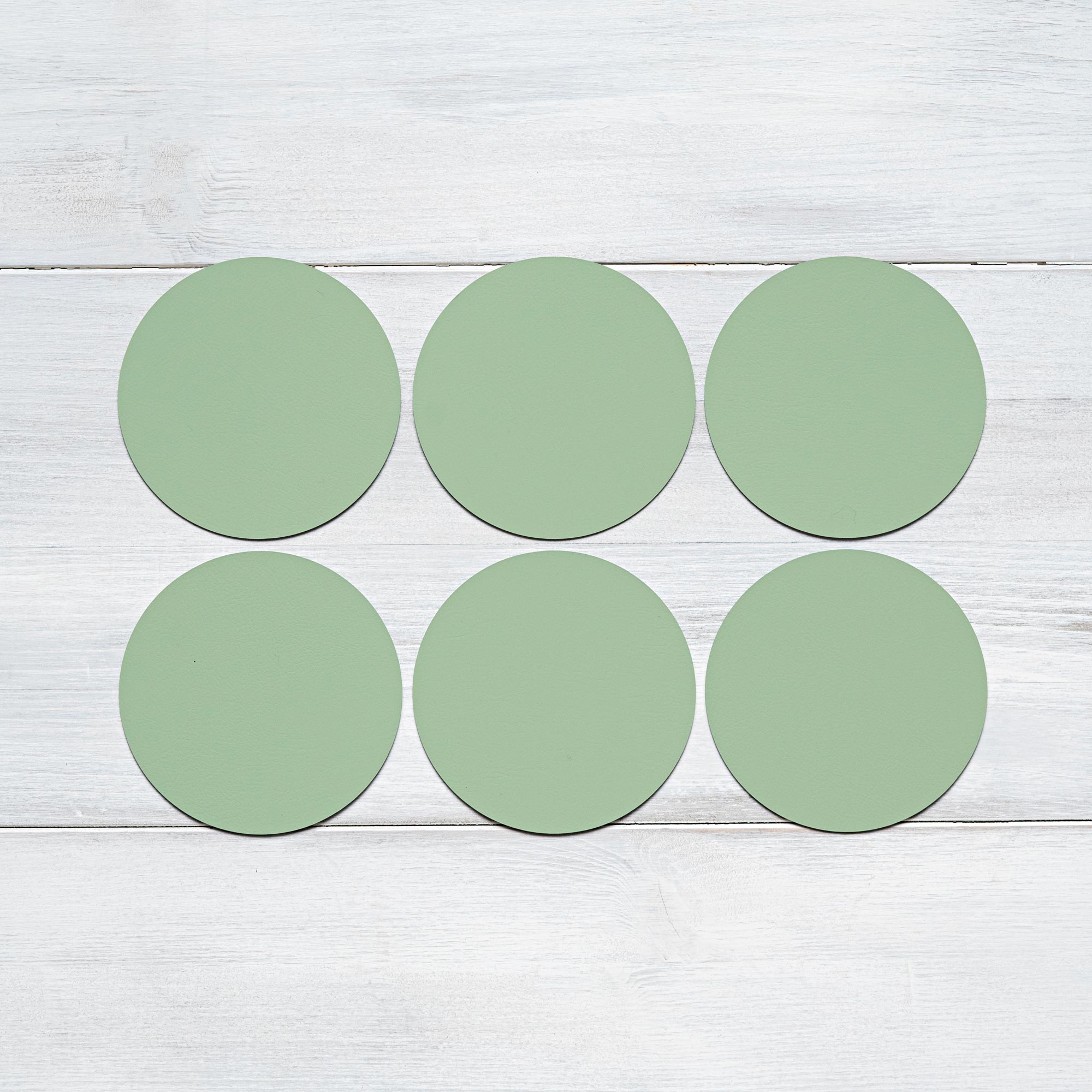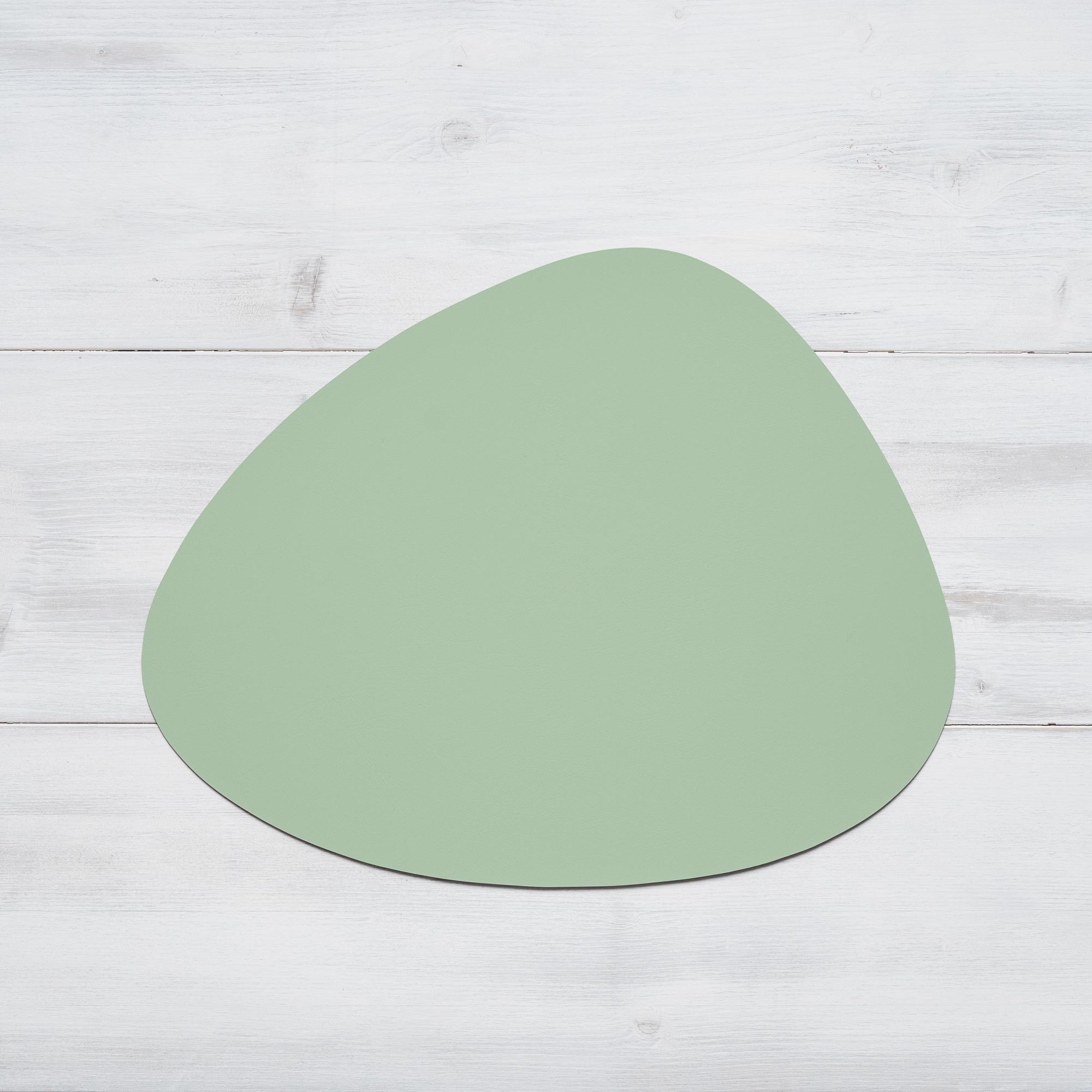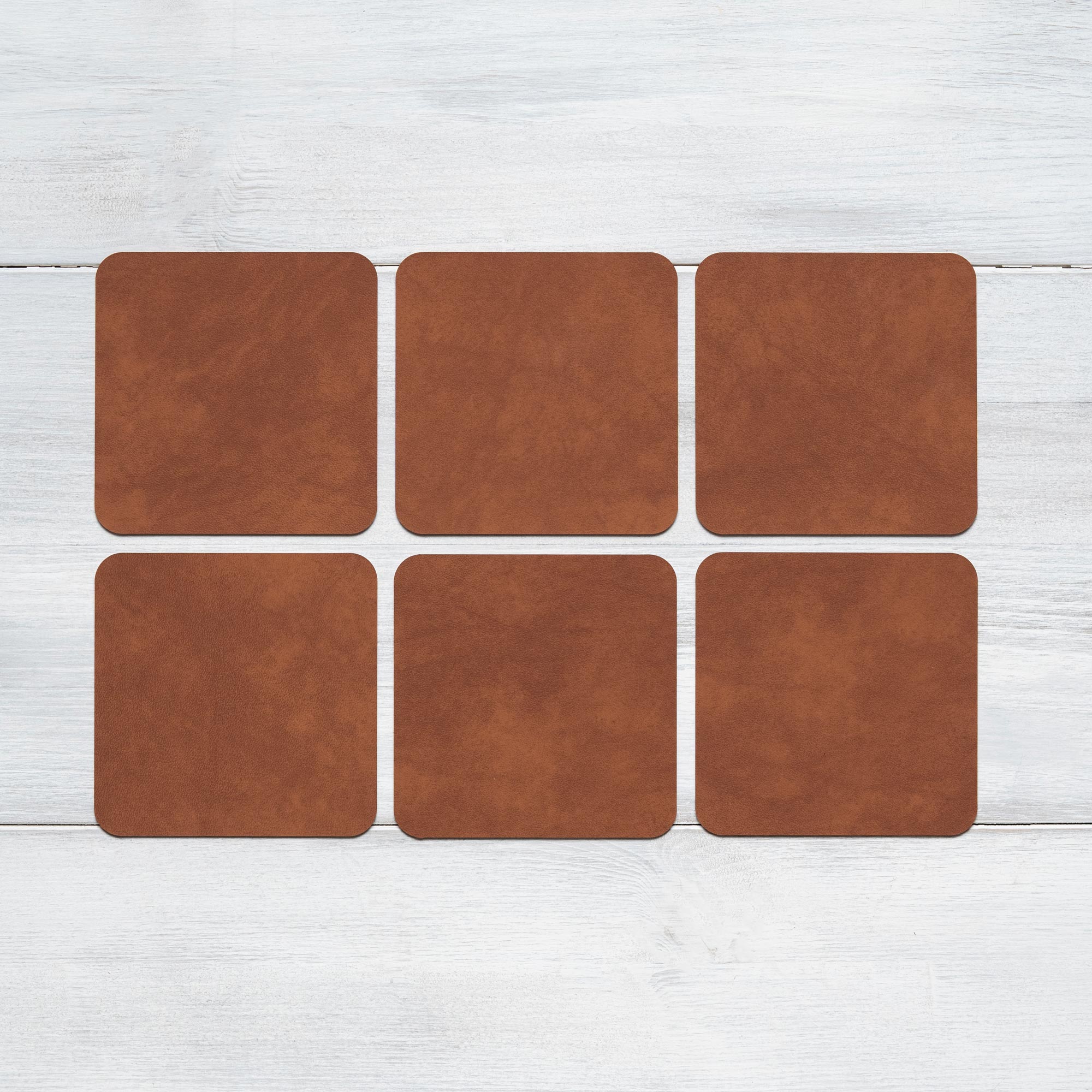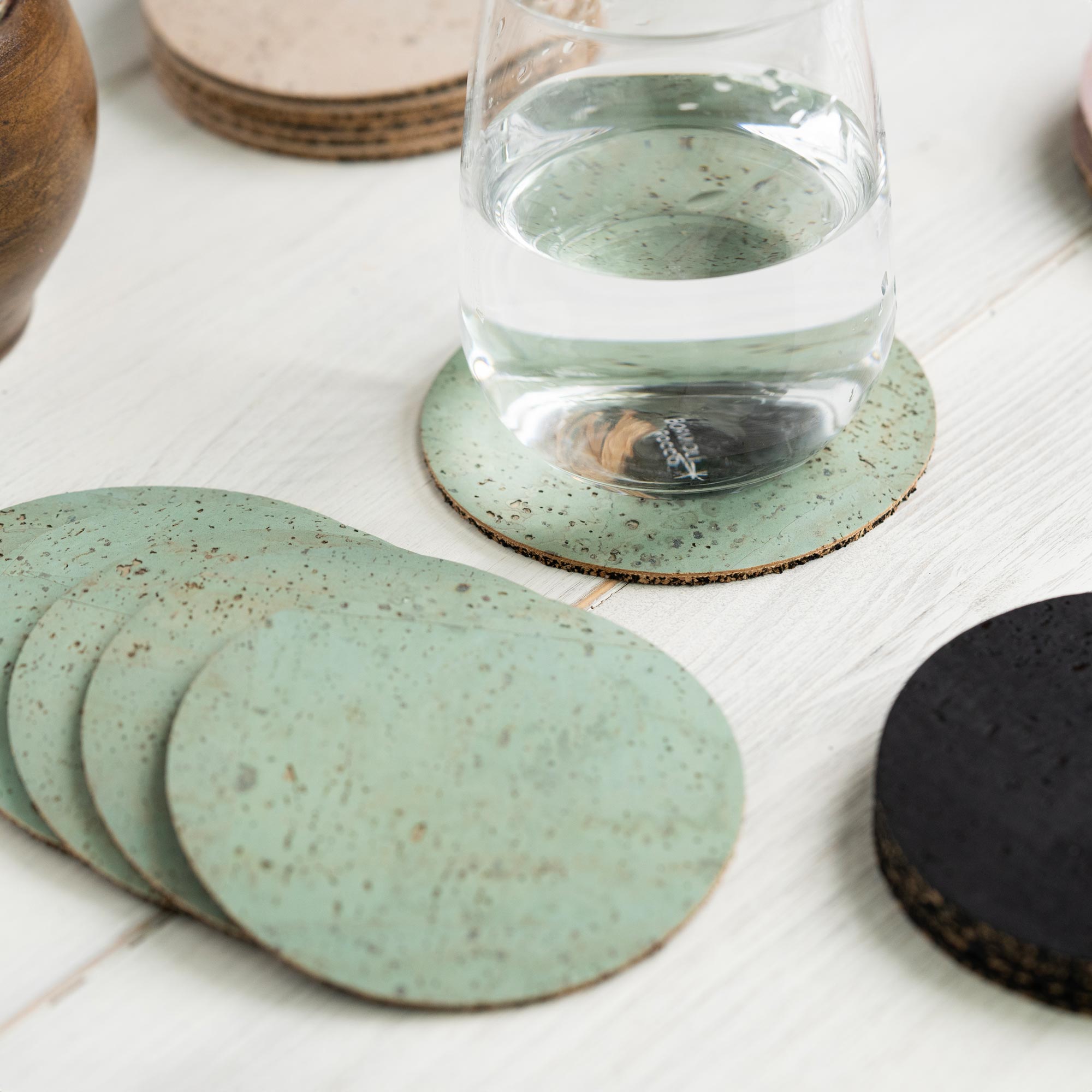Cork is a unique, sustainable material that doesn't require the felling of trees. No other material leaves as little trace on nature as this one, yet is as adaptable and robust.
Multi-column
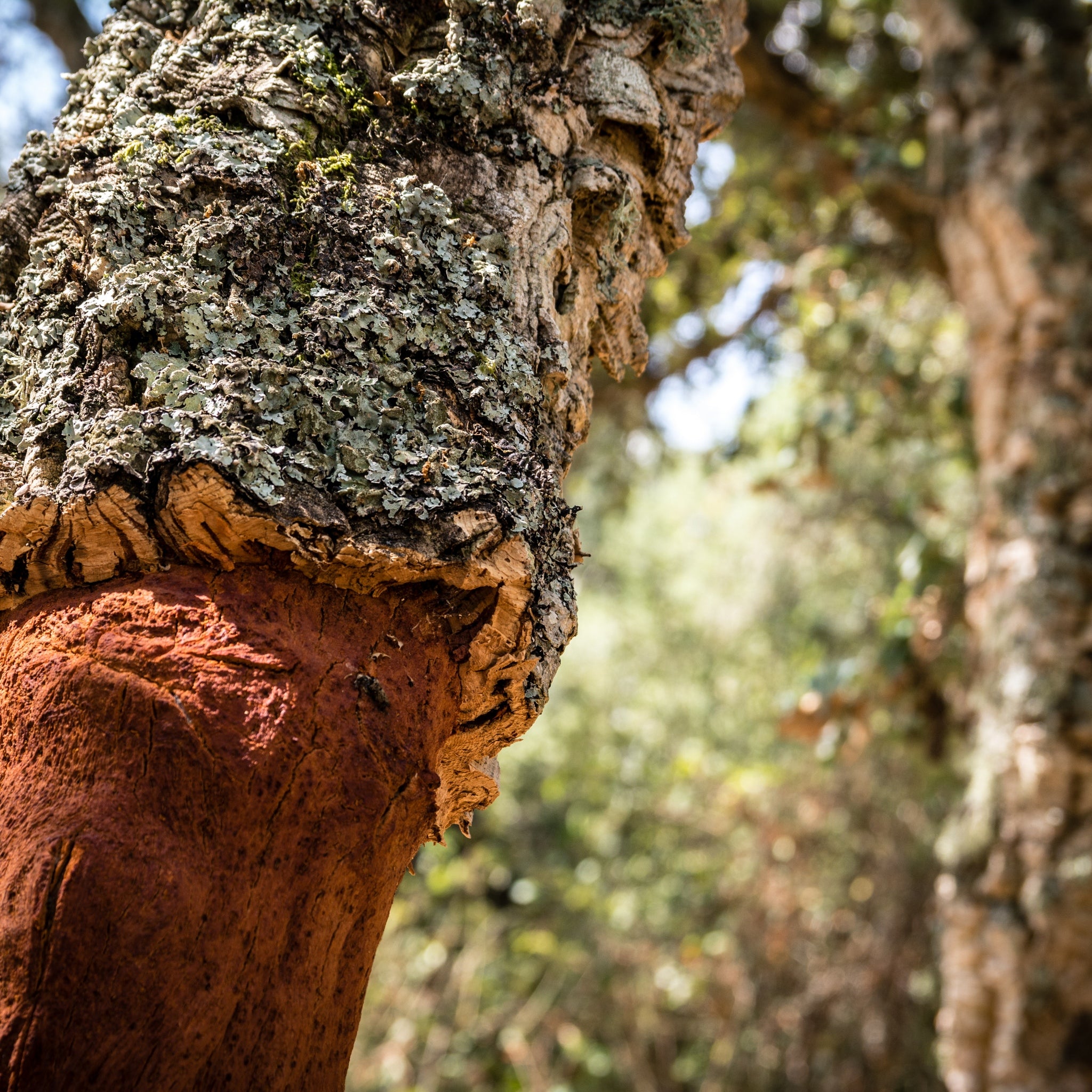
The cork oak
The resilient cork oak is an evergreen deciduous tree belonging to the oak genus. It owes its name to the impressive cork layers on its trunk, from which cork is extracted.
The trees are not felled, making 150-year-old groves not uncommon. This durability and longevity of cork oak forests create a home for a variety of animal and plant species.
The Portuguese cork oak forests (montados) absorb around 5 million tons of CO2 annually. In addition to many rare plants, they are home to several endangered species such as the Iberian lynx, the Barbary deer, and the imperial eagle.
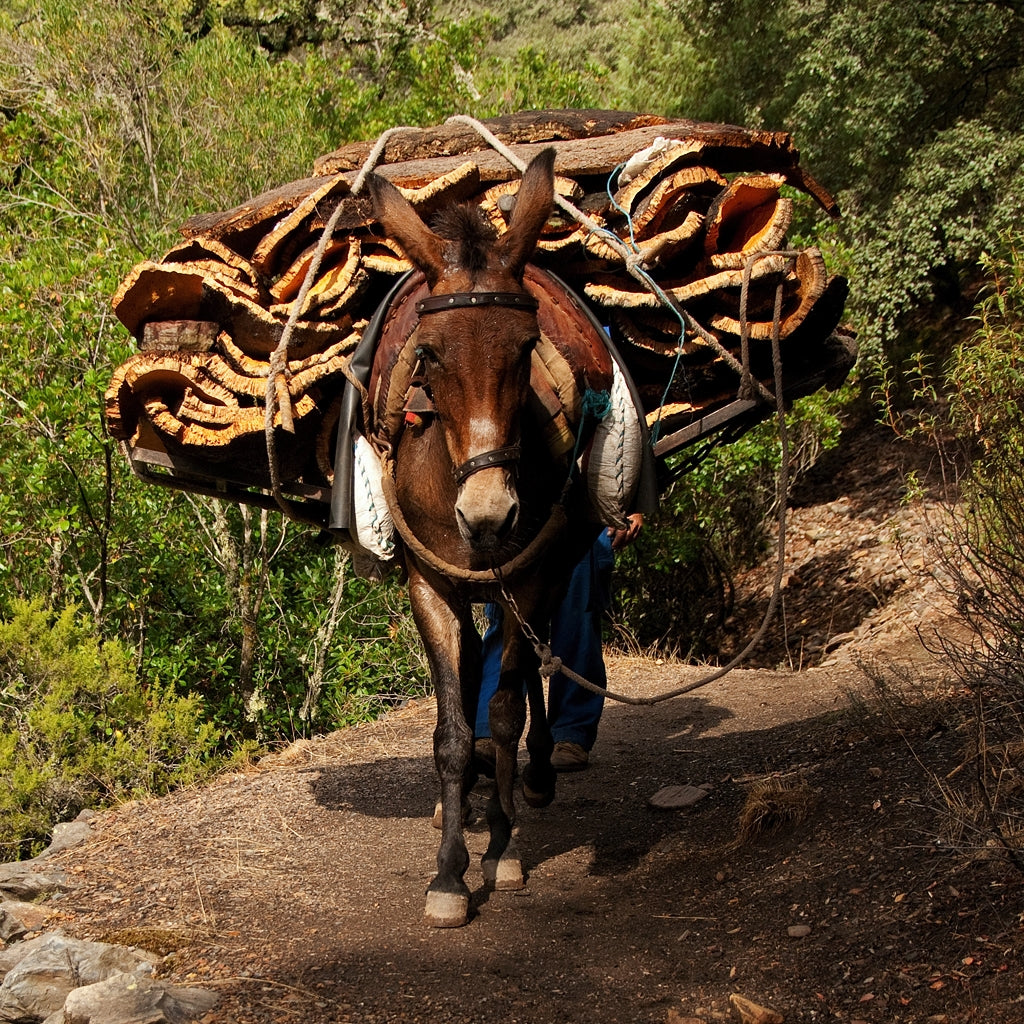
Harvesting and processing
In Portugal, cork oak trees grow on an area of 736,000 hectares, from which almost 190,000 tons of cork are harvested annually. This represents approximately 50% of global production and makes Portugal one of the world's largest exporters.
The trees themselves can be harvested every 8-9 years after 25 years of growth, and produce almost a ton of raw cork over their lifetime.
Our cork also comes from Portugal and is processed into cork leather locally. We take great care to ensure that production takes place under good conditions and source our material from a small, family-run workshop rather than a large industrial company.
The material
Cork is a true all-rounder. One square centimeter of cork consists of 40 million cells! This is why cork is so adaptable. It is lightweight, flexible, water-repellent, insulating, sound-absorbing, renewable, biodegradable, and simply unmistakable.
To make cork leather, the harvested cork bark is steamed, straightened, and sliced very thinly. These mats are then backed with cork granules of the desired thickness and rolled into rolls. The cork granules come from the leftovers that could not be processed into cork mats, meaning almost 100% of the bark is used.
Logo list
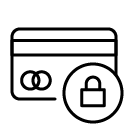
Secure payments
Free delivery from 60€
2-4 days delivery time
